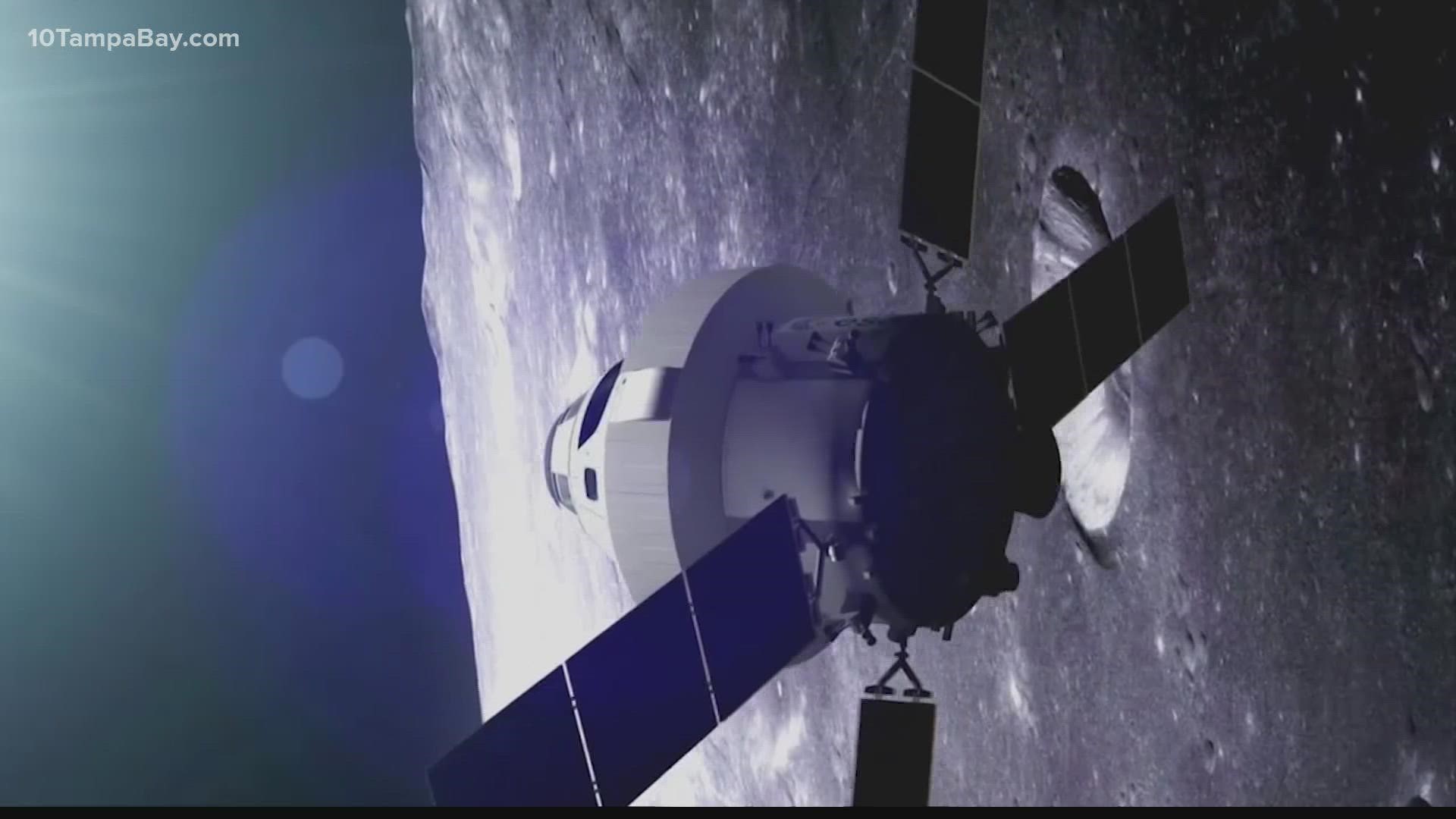CAPE CANAVERAL, Fla. — Editor's Note: The video in the player above highlighted the importance of the Starliner mission prior to its need to stand down.
Months after Boeing had to stand down from the second uncrewed flight of its CST-100 Starliner to the ISS, crews are still working to solve the spacecraft's technical woes.
During a teleconference Tuesday, NASA's Commercial Crew Program Manager Steve Stich says the team has made a lot of progress when it comes to working through Starliner's valve issues that first surfaced Aug. 3.
At the time, Starliner began to unexpectedly show "closed" valve position indications on its propulsion system. From there, engineers and tech teams had to use transmitted commands, physical inspections, thermal methods and chemical sampling to force 13 oxidizer valves open.
Now, Boeing's Chief Engineer, Michelle Parker, says the company has a better idea of what caused the issues — moisture.
According to Parker, the interaction between the oxidizer and humidity contributed to corrosion and the valves ultimately sticking. So far, 13 of the 12 valves have been freed, with the final being preserved for further verification efforts.
Some of the valves will be shipped off for further testing, disassembly and CT scans to officially verify the cause of the issue. According to Stich, there will even be attempts to recreate the environment the spacecraft experienced on launch day to better understand how the conditions could have contributed to the malfunction of the valves.
The Starliner team is "committed to solving this challenge and getting back to the launch pad" John Vollmer, vice president and program manager of Boeing's Commercial Crew Program said. But they won't rush to get there.
By Vollmer's estimates to get OFT-2 back to flight safely, teams will need until the first half of 2022.
"We will ensure that everything is safe and that all procedures are followed safely and as quickly as possible. We really are excited to be able to launch this vehicle and test it out. It is important that we do it right and the team's been very diligent about working through all of the potential causes and planning out all of the investigations and remediation," Parker added.
Moving forward, Boeing says it is looking into ways to limit the moisture in the spacecraft's valves and possibly adding heaters.
"I have no reason to believe Boeing won't be successful," Stitch about the future of the company's ability to perform.
The current issue Boeing is battling is not the company's first when it comes to Starliner and its launches.
Most recently, the spacecraft had to stand down from its first 2021 launch attempt on July 30 when Russia's new Multipurpose Laboratory Module moved the International Space Station out of orientation the day prior.
But we'll need to go back to 2019 to understand the beginning of Boeing's roadblocks when it comes to getting Starliner to the orbiting laboratory.
The company's first uncrewed test flight made headlines after the capsule hit a snag in orbit and was unable to rendezvous with the ISS. According to Boeing, the capsule's insertion into orbit wasn't normal after an onboard thruster firing failed to occur.
The Associated Press reported NASA's seven-month-long investigation into the incident revealed 80 corrections had to be made to Starliner's software and testing.

